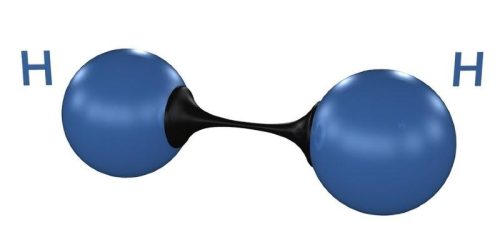What is Molecular Hydrogen?
- Hydrogen is the chemical element with the symbol H and atomic number 1. It is the lightest element in the periodic table.
- The single hydrogen atom – atomic hydrogen (H) is neutral and has an unpaired electron. It is a free radical and is extremely unstable.
- It exists primarily in the diatomic form as molecular hydrogen (H2) gas. It is colorless, odorless, non-metallic, and tasteless.

Hydrogen Is Now A Medical Gas
Molecular hydrogen (i.e. H2 gas) is gaining significant attention from academic researchers, medical doctors, and physicians around the world for its therapeutic potential.
One of the earliest publications on hydrogen as a medical gas was in 1975, by Dole and colleagues from Baylor University and Texas A&M. They reported in the journal “Science” that hyperbaric (8 atm) hydrogen therapy was effective at reducing melanoma tumors in mice.
However, the interest in hydrogen therapy only recently began after 2007, when it was demonstrated that administration of hydrogen gas via inhalation (at levels below the flammability limit of 4.6%) or ingestion of an aqueous-solution containing dissolved hydrogen, could also exert therapeutic biological effects. These findings suggest hydrogen has immediate medical and clinical applications.
Doesn’t water already have hydrogen in it because water is H2O
This is how Tyler LeBaron, founder of Molecular Hydrogen Foundation, explained it:
“The water molecule has two hydrogen atoms, chemically bound to the oxygen atom. This is different from the hydrogen gas molecule (H2), which is just two hydrogen atoms bound only to each other.”
“This makes the hydrogen molecule available for therapeutic benefits when dissolved in water because it isn’t bound to oxygen. This is the same reason why oxygen is available so we can breathe it. If it were bound to hydrogen it would be water and not a life sustaining gas.”